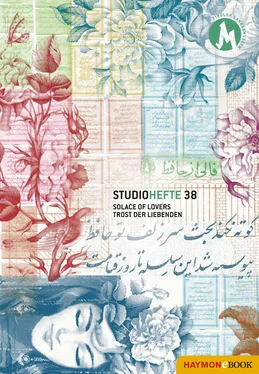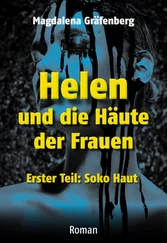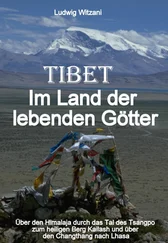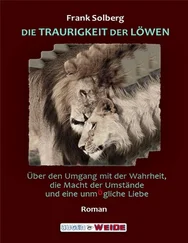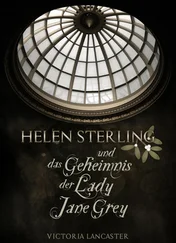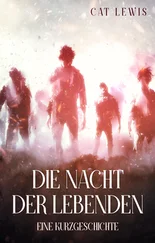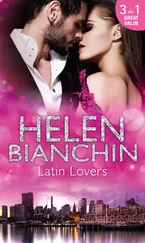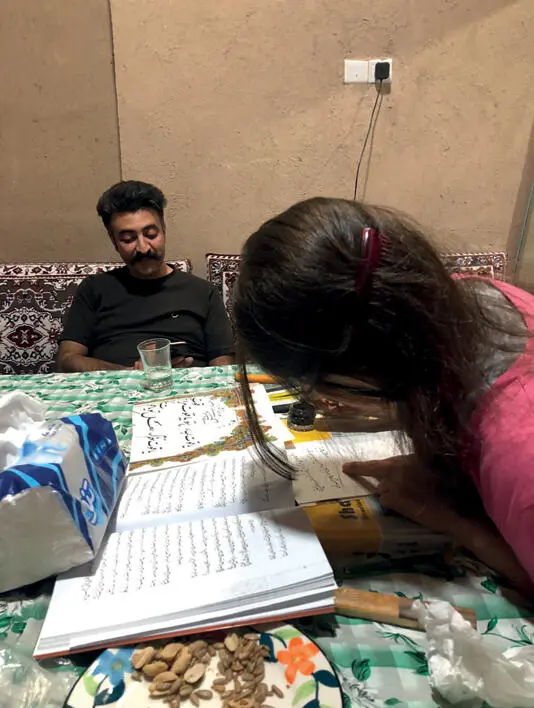
Calligraphy, Kharaqan/Semnan, November 2019 / Kalligrafie, Kharaqan/Semnan, November 2019
“The depth is outside. This can shake the foundations. Psychology, where are your terrors? The depth is outside. Only once we have devoured the entire contents of this esoteric bowl do we recognise the starting point of all art: drawing warmth from the object; recognising ourselves as a card dealt in a Tarock game of objects. With this, the by no means bottomless inner depth is exhausted. To the outside! Not as a completely incomprehensible process of letting it stand near; let it push in! Whether it is houses or stubborn opinions that seek to conceal their true origins – the eye sees, and at the same time it sees itself as part of the perceived image for the first time.”
Heimito von Doderer, Commentarii (1951–1956)
“Yek chand be koodaki be ostad shodim
Yek chand be ostadi e khod shad shodim
Payan e sokhan sheno ke ma ra che resid
Az khak bar amadim o bar bad shodim
Pour me a glass of red wine!
It will carry me there,
where I long to go –
even if only for less
than a moment.”
Omar Khayyam (1048–1131)
Roar of the oil-fired stove, outside our shoes on the icy concrete floor of the veranda, guarded by an old black-and-white watchdog that has curled up next to it. Quiet but constant scraping of Afsoun’s calligraphy reed pen as, in wide sweeping arcs, she bellies out the letters in a poem by Saadi. Ever since we left in the morning, she and Amir have been engaged in a poetic contest (Farsi: moshå éré ). In a reciprocal poetic exchange, a poem is recited freely; the last letter of which must be the first letter of the following poem, which is the opponent’s response. Beginnings alternate with endings for hours, and the two pass on endings as new beginnings with playful ease. Hafez. Saadi. Mowlana. Khayyam. Bidel. Fazel Nazari. Arash Azarpek. Akhavan Sales. Forough Farrokhzad. Waw. Alif. Lam. Dal. Mim. Nun. Waw. One last word, always followed by another that is new. Mem. Re. Alif. Sefr. Hic. Alif.
“We don’t master the ways, we are impostors,
we are not the game, we are the pack;
we are the brush in the painter’s hand,
we ourselves know not what we are.”
Molavi (1207–1273)
A light fall of wind-blown snow has set in; my gaze wanders over rocky ridges to small groups of poplars on the mountain slopes opposite, which are covered by patches of field. On the right the bluish-black rock face, partly overhanging, on whose narrow, elongated plateau Alamut is situated. Scree, sharp-edged fragments of stone and muddy, black earth; now and again, sparse vegetation consisting of thistles, mosses and a strange plant with thick, fleshy leaves. Several times on the way back, I start to pull off one of the leaves so that I can take it with me. But something makes me hesitate, holds me back. Is it this tenacious shape, which feels like a child’s clumsy hand, that makes it impossible for me to pull hard and pinch the leaf off with my fingernails? I have a strange feeling of wounding a living being. Would blood then flow from these strange leaves, whose shape reminds me of a tongue? I feel the same about the small shrubby willows, which are better protected with thorns. Here, too, I soon abandon what were never anything more than half-hearted attempts. The track ascends in a long arc. All is silence. A majestic calm that tolerates no interruption; even the minor gusts of wind that sweep across my face seem silent. The contours blur in the driving snow. Patches of mist and vague outlines. The world meanders and glows cold in all the slate-grey, snow-white colours of rock, leaden grounded nuances and watery highlights. In slow steps, groping carefully forward, I circle the black block of the fortress, which lingers constantly above my head. A dark ship, towering up into the grey snow cloudy sky. Then we reach the entrance, a wooden gate above which, in calligraphic ornamentation, a sign announces: “This is a house of God.”
“From your perspective, I’m mad,
from mine you are all sane.
So I pray that my madness increases
and your reason multiplies.
My madness comes from the power of love, your sound reason from the power of ignorance.”
Al-Shibli (8 thcent. AD)
With tea and fresh dates, time passes unnoticed. At the same time, the continuous presence of a television, which, on countless channels and not unlike western media, delivers a galloping sequence of oriental imagery into my hosts’ living room. I see Turkish soaps with smart tough guys and blonde It girls, Kurdish pop channels with smiling PYD women’s battalions in combat training and fearless looking fighters with Kalashnikov rifles targeting an invisible enemy. And the stirring music that I had learned to love so much in Kermanshah. A deformed propaganda soundtrack of Middle Eastern killing fields, I now find it crude and oppressive, even in the knowledge that the Kurds are merely pawns to be sacrificed in a cynical proxy war, whose string-pullers are in turn manipulated by other puppet masters. Then, no less intolerable, advertising clips with a religious grounding from Saudi Arabia and the Emirates: a young man with black curls, rolling his eyes upward and reciting verses from the Quran to sugary synth-pop sounds and Café Mimi beats. White mountains of cloud pile up bombastically in time lapse, waterfalls plunge through jelly-green nature parks, pious hands open for prayer. Pilgrim masses move in an eerie, mesmerising circular motion around the Kaaba. An empty eye whose iris reflects a black cube. A maelstrom of millions upon millions of bodies around an impenetrable centre that startles me with an abrupt recognition of its significance – less from the everyday political context of the dissolution of old orders and borders, and more from the blatant exaggeration of religious symbolism I find revealed in these media spectacles. An obscene ride through hell that allows a vacuum, a non-place, a zombie spirituality of death to take shape, dissolving all signs of individual humanity until they disappear without a trace. The end of all stories. Chronicle of the void. Ashes of an extinguished fireplace in the icy glare of the screens. Only afterimage, empty gesture, parody. Cathode flicker. All trains terminate at the border. Ghabol nist .
How comforting it is when, later, I see an old man in a shabby suit passing by outside. He has his back turned to me and his hands clasped behind his back; gliding through his wrinkled hands are the clay beads of an old prayer chain.
“Afsus ke anche borde am bakhtanist
Beshnakhte ha tamam nashnakhtanist
Bardashte am har anche bayad bogzasht
Bogzashte am har anche bardashtanist
What misfortune that everything that befalls me
must be lost again.
Everything I thought I knew about my life
was not suitable to be taught.
I’m leaving everything behind that I should be taking on.
I accept everything that I should have left behind.”
Abu Said Abol Kheir (967–1049)
On Maydan-e Naqsh-e Jahan (Half of the World Square), the first thing you notice is a silence you would never expect in a square of this size in the middle of the city: you hear the quiet jingle of the horse-drawn carriages and see the spray of fountains raining on the surface of the pond in the middle of the square. Approaching the two-storey arcades of little shops and boutiques all around the square, you hear the gentle hammering of the coppersmiths. An atmosphere of timeless tranquillity and expansiveness makes this a place to pause, to let your gaze wander, to capture details, to savour the spaciousness and serene beauty of this architecture. None of what the traveller perceives is overbearing, shrill and obtrusive; one element combines naturally with the next to form an incomparably harmonious whole. Shah Abbas employed a succession of no fewer than five architects to create the square, one of whom made himself scarce after he had doubts about the feasibility of the structural design of the Great Mosque and the Sheikh Lotfollah Mosque. The two buildings were to support domes weighing about 60 and 30 tons respectively, and the architect’s courage failed him shortly after the foundations were laid. And yet: it all looks as if it were made in one piece; everything is consistent, nothing needs to be added; no lines, projections, extensions or superfluous decorations irritate the eye. Everything is balanced in sensitive and harmonious proportions, and even the position of the mosque at the southern end of the square, angled toward Mecca and gently retracted, forms a perfect conclusion.
Читать дальше
